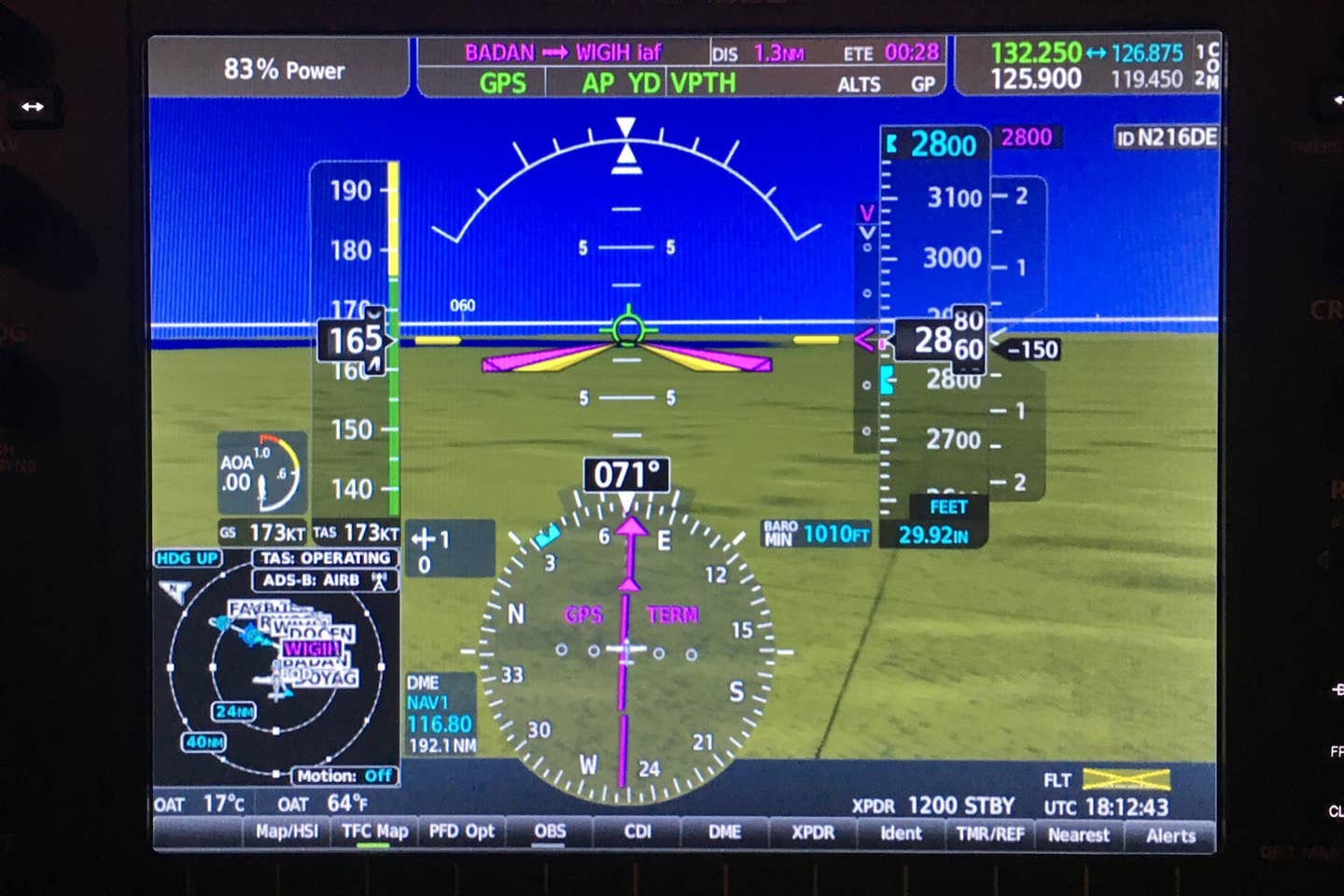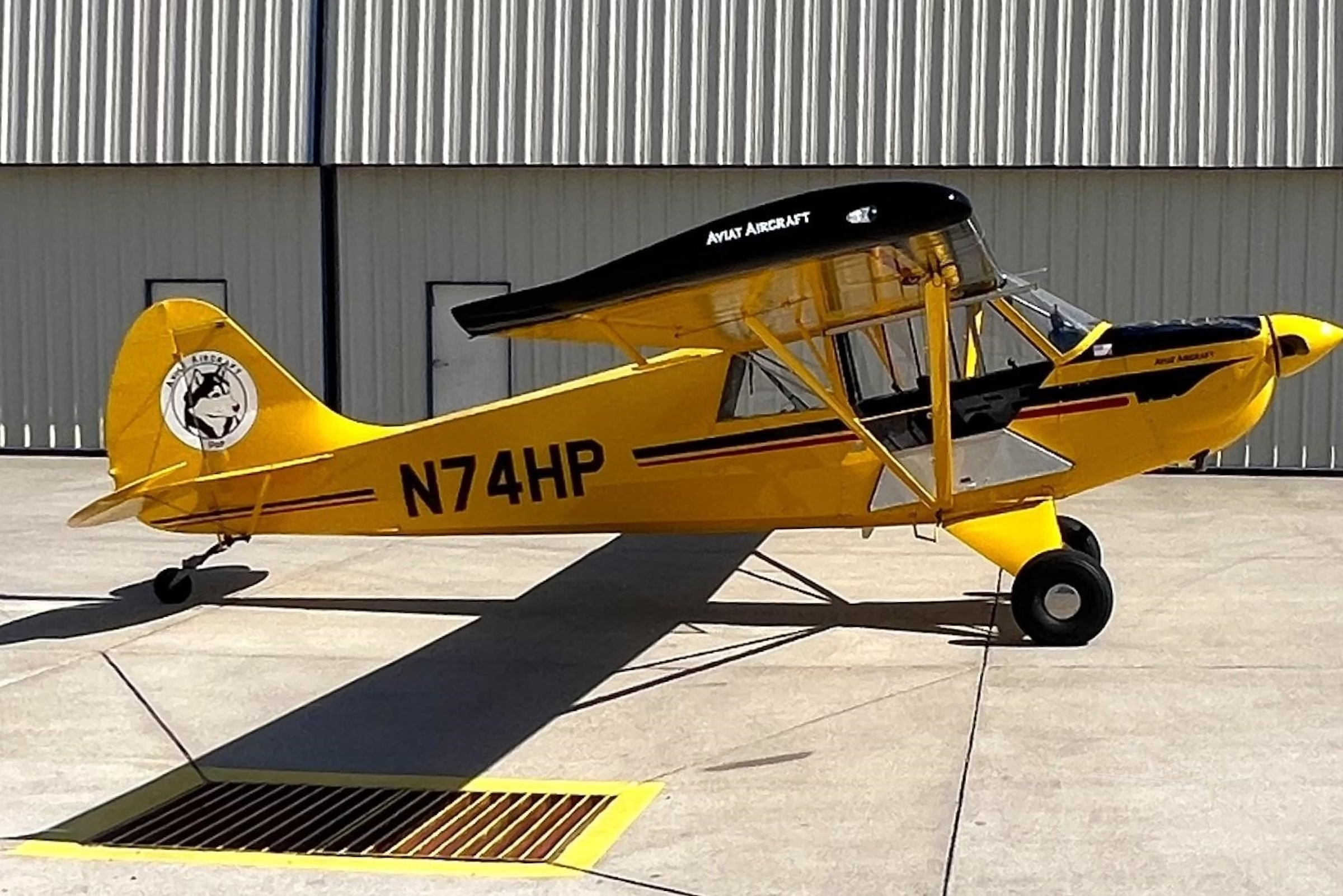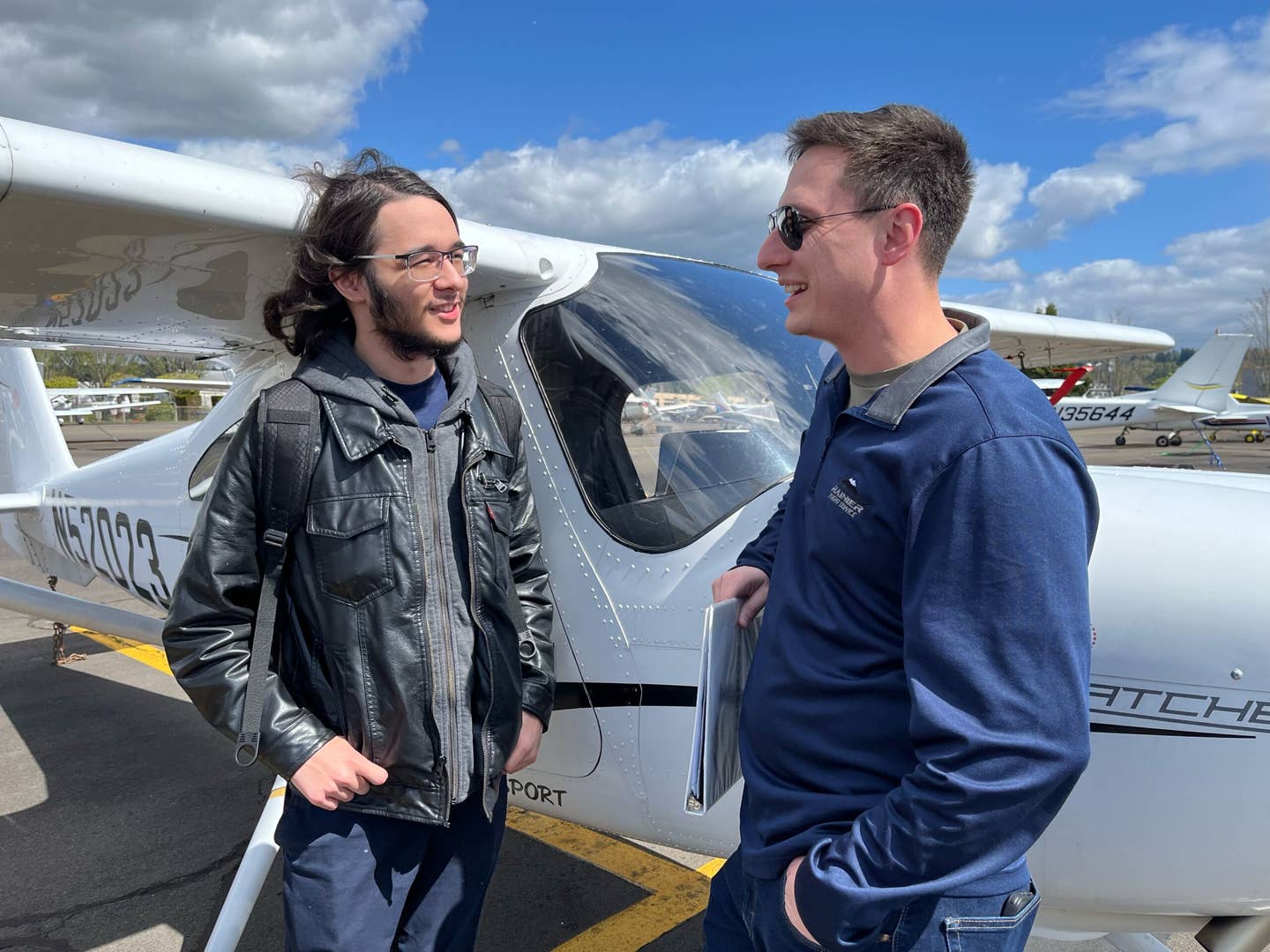
The proprietary G1000 software platform replicates specific pathways within the system to a deep level. Julie Boatman
We took up Flight1 Tech on the invitation to fly its latest Enterprise G1000 advanced aviation training device while at EAA AirVenture, to take a look at the details incorporated into the simulator that serve to make for a top-notch training experience.
Flight1 Tech founder Jim Rhoads has been working in simulation for more than 20 years, and he's built upon the philosophy that the best training comes from going through the motions in the sim in the exact same way that you would in the real airplane. In order to do this, you need a couple of key elements.
The first is the software’s foundation. Flight1 Tech uses a proprietary G1000 software platform that allows the user to replicate exactly the WAAS approaches and VNAV regimes that are challenging to duplicate in a simulation environment. The second is the hardware used in the sim—it has to be as close to the actual aircraft hardware as possible, using the same functionality in buttons and knobs and switches that are built to withstand the punishment of the flight training environment.
The third element lies in the instructor’s station and the options the CFI has to create realistic situations and emergencies that come as a real surprise to the user. By giving instructors the ability to program in failures ahead of time, they can maintain that real-world feel, rather than telegraphing the fact that something is about to happen just because the instructor fiddled with the console.
Tom Reed, sales associate for Flight1 Tech and an experienced corporate and EMS pilot, set up a 30-minute mission for me to follow in the Cirrus SR22 sim they had available for demonstration. After taking the sim through takeoff, climb, and level off, we set the autopilot so I could focus on the sequencing that the sim was capable of, and how well it replicated what would happen in the real airplane as we flew through an LPV approach back into Oshkosh. We watched as the sim captured the vertical path smoothly, annunciating “VPTH” on the display properly. It may sound straightforward, but according to Reed, it’s not something that every AATD can do.
We also practiced a CAPS deployment—the Cirrus Airframe Parachute System that has been credited with many, many saves. I’d not done a simulated deployment since my initial CSIP training a decade ago—so I definitely benefitted from the exercise. As the bright green Wisconsin terrain rose up to meet the airplane, it felt real enough (without motion) that I braced myself for impact.
The Enterprise G1000 sim comes in a Piper PA-28 Archer and Cessna 172 versions as well. The AATD can be used to log instrument proficiency time as well as hours towards the instrument rating. Price for each unit is $49,995.

Sign-up for newsletters & special offers!
Get the latest FLYING stories & special offers delivered directly to your inbox






